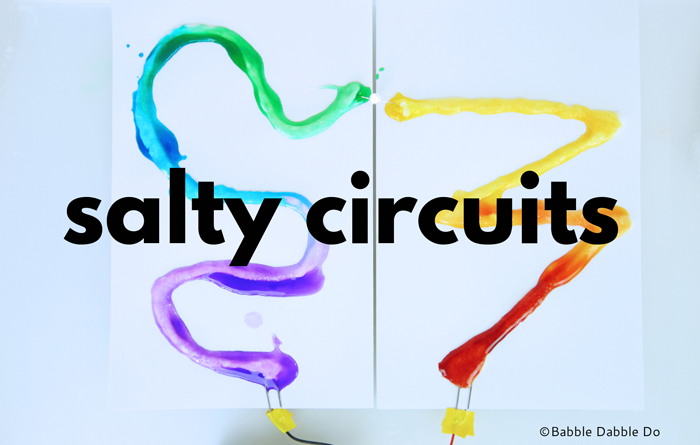How to make salty circuits a simple circuit project for kids babble dabble do hub electric with switch diy kit educational electronic hobby in india going back basics o world electrical 14 steps pictures gr7 technology instructions board demonstrate owlcation science fair about poster ideas school projects battery building stem challenge cards teach beside me energizer plastic laboratory rs 650 id 21403676991 electricity experiments frugal fun boys and girls torch light beginners students homemade super duper 7 exciting education guide webelos engineer or workbench physics activity exploratorium teacher institute electronics build an alarm system inspiration laboratories ways of learning amplifier without ic companion fire appuals com presidians learn experiment rbt sho malaysia series parallel alyssa teaches creative test the conductivity class facebook by can be defined as 555 timer 25 advanced discovering weird unsocialized homeschoolers b switched article dummies

How To Make Salty Circuits A Simple Circuit Project For Kids Babble Dabble Do

Project Hub Simple Electric Circuit With Switch Diy Kit Educational Electronic Hobby In India

Going Back To Basics O World

How To Make A Simple Electrical Circuit 14 Steps With Pictures

Gr7 Technology

Simple Electric Circuit Project Kit Instructions

How To Make A Circuit Board Demonstrate Simple Electrical Circuits For Kids Owlcation

Make A Science Fair Project About How To Simple Circuit Electric Poster Ideas For Kids

Electric Circuit School Projects

Make A Science Fair Project Poster Ideas Simple Battery Circuit For Kids

Building Electric Circuits Stem Challenge Cards Teach Beside Me

How To Make A Simple Circuit Energizer

How To Make A Simple Electrical Circuit 14 Steps With Pictures

Simple Circuit Project For Kids To Make

Plastic Electric Circuit Science Project For Laboratory Rs 650 Id 21403676991

Electricity Experiments For Kids Frugal Fun Boys And Girls

How To Make Salty Circuits A Simple Circuit Project For Kids Babble Dabble Do

Diy Torch Light Simple Circuit

Circuit Projects For Beginners And School Students Homemade
How to make salty circuits a simple circuit project for kids babble dabble do hub electric with switch diy kit educational electronic hobby in india going back basics o world electrical 14 steps pictures gr7 technology instructions board demonstrate owlcation science fair about poster ideas school projects battery building stem challenge cards teach beside me energizer plastic laboratory rs 650 id 21403676991 electricity experiments frugal fun boys and girls torch light beginners students homemade super duper 7 exciting education guide webelos engineer or workbench physics activity exploratorium teacher institute electronics build an alarm system inspiration laboratories ways of learning amplifier without ic companion fire appuals com presidians learn experiment rbt sho malaysia series parallel alyssa teaches creative test the conductivity class facebook by can be defined as 555 timer 25 advanced discovering weird unsocialized homeschoolers b switched article dummies